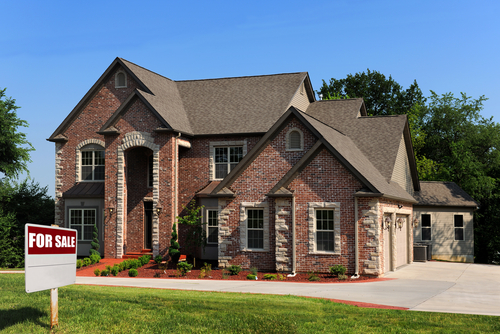The S&P Case/Shiller Index shows that home prices increased by 0.7% in October, a gain that was larger than analyst expectations. This increase was on the heels of a 0.4% gain in September. These two increases pushed the seasonally adjusted year-over-year increase to 4.3%, a number quite a bit higher than what was expected for this time.
During the fall and the winter the housing market tends to drop off quite a bit. If you look at the unadjusted seasonal numbers, the housing prices actually went down in the month of October. However, this is the reason to look at the year-over-year changes rather than short term monthly fluctuations. Nearly all cities indicated increases in home prices from October 2011 to October 2012, with the exception of Chicago and New York. Many cities have posted quite a few consecutive monthly increases; Phoenix, for example, has seen home prices rise for 13 months in a row.
Another indication that the housing market is doing well is to look at how far the prices dropped, and their recovery. Many cities saw huge slumps during the great recession. Detroit has seen the largest rebound, increasing nearly 25% since the bottom. However, prices in Detroit are still down around 20% from where they were 12 years ago. On the other hand, Phoenix and San Francisco have seen increases of over 22%, and maintain home prices greater than what was seen 12 years ago.
Increasing home prices are a good sign for a recovering economy. The year-over-year numbers show that home prices are steadily increasing; however, they still need to increase much more rapidly to get back to pre-recession levels.
Increasing home prices are a key component of a healthy economy. As jobs continue to increase, people will be more willing to stay in their homes longer, waiting for the right buyer to come along and give the price they are asking. This will help home prices keep going up, rather than going down.
The S&P Case/Shiller Home Price Index is a measurement of the value of houses. It is a survey of 20 major metropolitan areas, measuring the change in value of existing home sales. Unlike the housing starts or new home sales report, both of which are a measure of new construction, the Case/Shiller does not include new home sales. Only existing homes that have had two or more transactions are included. The report comes out once per month the last Tuesday of the month, reporting numbers from two months ago.
The S&P Case/Shiller Index shows that home prices increased by 0.7% in October, a gain that was larger than analyst expectations. This increase was on the heels of a 0.4% gain in September. These two increases pushed the seasonally adjusted year-over-year increase to 4.3%, a number quite a bit higher than what was expected for this time.
During the fall and the winter the housing market tends to drop off quite a bit. If you look at the unadjusted seasonal numbers, the housing prices actually went down in the month of October. However, this is the reason to look at the year-over-year changes rather than short term monthly fluctuations. Nearly all cities indicated increases in home prices from October 2011 to October 2012, with the exception of Chicago and New York. Many cities have posted quite a few consecutive monthly increases; Phoenix, for example, has seen home prices rise for 13 months in a row.
Another indication that the housing market is doing well is to look at how far the prices dropped, and their recovery. Many cities saw huge slumps during the great recession. Detroit has seen the largest rebound, increasing nearly 25% since the bottom. However, prices in Detroit are still down around 20% from where they were 12 years ago. On the other hand, Phoenix and San Francisco have seen increases of over 22%, and maintain home prices greater than what was seen 12 years ago.
Increasing home prices are a good sign for a recovering economy. The year-over-year numbers show that home prices are steadily increasing; however, they still need to increase much more rapidly to get back to pre-recession levels.
Increasing home prices are a key component of a healthy economy. As jobs continue to increase, people will be more willing to stay in their homes longer, waiting for the right buyer to come along and give the price they are asking. This will help home prices keep going up, rather than going down.
The S&P Case/Shiller Home Price Index is a measurement of the value of houses. It is a survey of 20 major metropolitan areas, measuring the change in value of existing home sales. Unlike the housing starts or new home sales report, both of which are a measure of new construction, the Case/Shiller does not include new home sales. Only existing homes that have had two or more transactions are included. The report comes out once per month the last Tuesday of the month, reporting numbers from two months ago.






